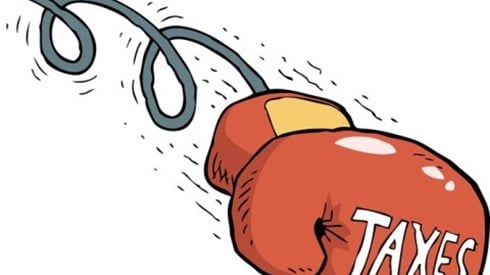Captive Insurers and the Base Erosion Anti-Abuse Tax

P. Bruce Wright , Saren Goldner | January 26, 2018

The Base Erosion Anti-Abuse Tax (BEAT), the new section 59A of the Internal Revenue Code, imposes a 10 percent minimum tax (5 percent for 2018 and 12.5 percent after 2025) on corporate US taxpayers.
The tax is imposed by adding back into the US tax base of an "applicable taxpayer" any "base erosion payments" made by the taxpayer to a "foreign person" that is a related party and applying a minimum tax rate to this newly calculated amount of the taxpayer's modified taxable income. The difference between the minimum tax amount so calculated and the taxpayer's regular corporate tax liability is the amount of BEAT payable by the taxpayer.
Premium payments made by US taxpayers to their non-US captive insurers and loss payments made by US captive insurers to their non-US insureds are among the amounts characterized as base erosion payments, which generally include amounts that are deductible by an applicable taxpayer. Premium payments are subject to being added back into the tax base for calculation of the BEAT even though they are also subject to the federal insurance excise tax.
In addition, the BEAT essentially applies on a gross basis, whereas typically tax is imposed on net income; for example, premium plus investment income minus loss payments generally equals underwriting income subject to US tax, but the BEAT applies to the gross amount of premium paid by a US applicable taxpayer to a non-US related party (such as a captive). In fact, the BEAT applies even if the non-US captive's income is subject to US tax on a net basis, for example under the controlled foreign corporation rules.1
The BEAT, however, only applies to a US corporate taxpayer that is included in a "controlled group" that has (a) average annual gross receipts of at least $500 million for the 3-year taxable period ending with the preceding taxable year and (b) a "base erosion percentage" of 3 percent (i.e., the percentage of "base erosion payments" relative to total deductible payments) or higher for the taxable year.
The BEAT provisions authorize the IRS to issue regulations to implement broad antiabuse provisions to prevent the use of intermediaries and conduits to avoid the tax.
- Because the BEAT operates to add back the deductible amounts/base erosion payments into the US tax base, it is only the excess of the deductible amount over the net income amount that is potentially subject to the BEAT minimum tax (assuming the net income amount is included in the US income of the same applicable taxpayer generating the deduction).
P. Bruce Wright , Saren Goldner | January 26, 2018


